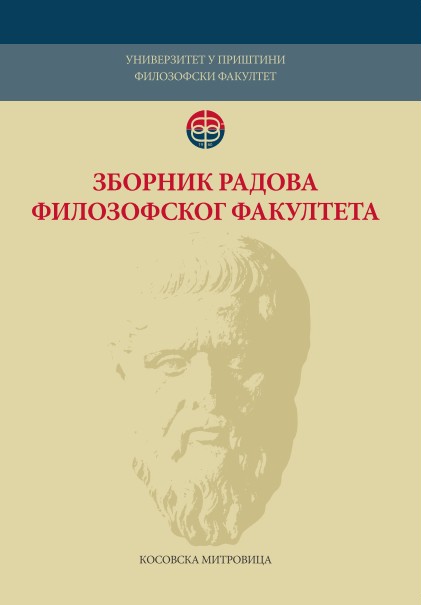(Im)possible martyrdom: Masculinity, aging, illness, and death in Tombstone and Logan
(Im)possible martyrdom: Masculinity, aging, illness, and death in Tombstone and Logan
Author(s): Danijela Lj. PetkovićSubject(s): Language and Literature Studies, Studies of Literature
Published by: Филозофски факултет, Универзитет у Приштини
Keywords: aging; body; disability; femininity; illness; Logan; martyrdom; masculinity; Tombstone
Summary/Abstract: The title of this paper alludes to Hannah Arendt's famous claim that in Nazi concentration camps martyrdom was made impossible, for the first time in Western history, by the utter anonymity and meaninglessness of inmates' deaths (Arendt, 2000, p. 133): the paper, in contrast, examines two contemporary films which, while intersecting normative/heroic masculinity with debilitating illness and death, allow for the possibility of martyrdom. Tombstone and Logan, directed by George P. Cosmatos and James Mangold respectively, depict the last days of such pop culture icons of masculinity as John Henry 'Doc' Holliday and James Howlett, aka Logan/Wolverine. The films' thematic focus on the (protracted) ending of life, which is evident not only in the storylines and dialogues but also in the numerous close-ups of emaciated, bleeding, scarred and prostrate male bodies, afflicted with tuberculosis and cancer-like adamantium poisoning, invites, first, a discussion of the relationship between the cinematic representations of normative and disabled masculinities. Specifically, since normative masculinity, as opposed to femininity, is synonymous with physical and mental strength, power and domination - including the control of one's own body - the focus of this discussion is if, and how, the films depict Doc Holliday and Wolverine as feminized by their failing/disobedient bodies, thus contributing to the cultural construction of gender. Secondly, the paper discusses the halo of martyrdom with which the films' dying men are rewarded as emotionally deeply satisfying to the viewer: in Logan and Tombstone, death is not averted but hastened for the sake of friendship, family, and the protection of the vulnerable and the marginalized. While the films offer comforting fantasies of self-sacrifice and dignity-restoring death as an antidote to the brutally depicted aging and illness, the last question to be posed in the paper is whether this (im)possible martyrdom reaffirms normative, ablebodied and dominating masculinity.
Journal: Зборник радова Филозофског факултета у Приштини
- Issue Year: 48/2018
- Issue No: 3
- Page Range: 121-150
- Page Count: 30
- Language: English

